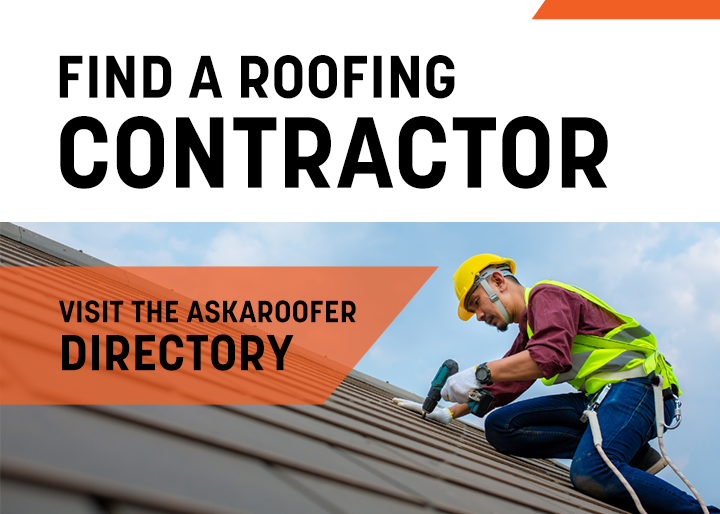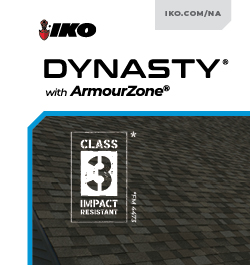Ventilation in Roof
« Back To AskARooferMichael from Washington asks: I have a pole frame building with a hard ceiling and no soffit vents the roofer put a ridge vent in when he installed the new roof but with no intake (no soffit vents) I am concerned about moisture and proper ventilation. The soffit are already sided without vents and there is was solid blocking on all rafter tails. Should I put an intake vent low (just above ceiling ) for fresh air intake??
Brittany Wimbish with Fields Roof Service said this in response to your question:
We completely agree that ensuring proper intake ventilation is essential for promoting effective airflow through your building. This can be accomplished by adding 8 x 16 soffit vents, using a product like GAF Cobra® IntakePro® vents, or incorporating bird block vents cut through the rafter tail spaces. Some form of intake needs to be installed at the lower ends of the roof, and this is usually easiest to achieve in the eaves.
For any intake solution, it is critical to ensure there is an open-air space at the vents that continues above the insulation in the attic cavity. Leave approximately one inch of space beneath the roof deck and above your existing insulation to allow air to flow freely. If insulation is blocking the air passage, it will prevent airflow up to the ridge vent, compromising the ventilation system's effectiveness.
The GAF Cobra IntakePro vent is particularly useful when traditional soffit vents aren’t feasible, such as when siding is already installed. It installs directly on the roof near the eaves, allowing fresh air to enter at a low point and flow upward toward the ridge vent, creating a balanced ventilation system. This vent features a low-profile design that fits seamlessly under shingles while providing high intake performance. Additionally, it is a durable, weather-resistant solution that helps prevent pests and debris from entering the attic.
Proper intake ventilation is crucial to reduce moisture buildup, regulate attic temperatures, and ensure that your ridge vent functions as intended, protecting the integrity of your roof and the health of your building over time.
We hope this information provides clarity and helps address your concerns! Please reach out with follow up questions, we’re always here to help.










